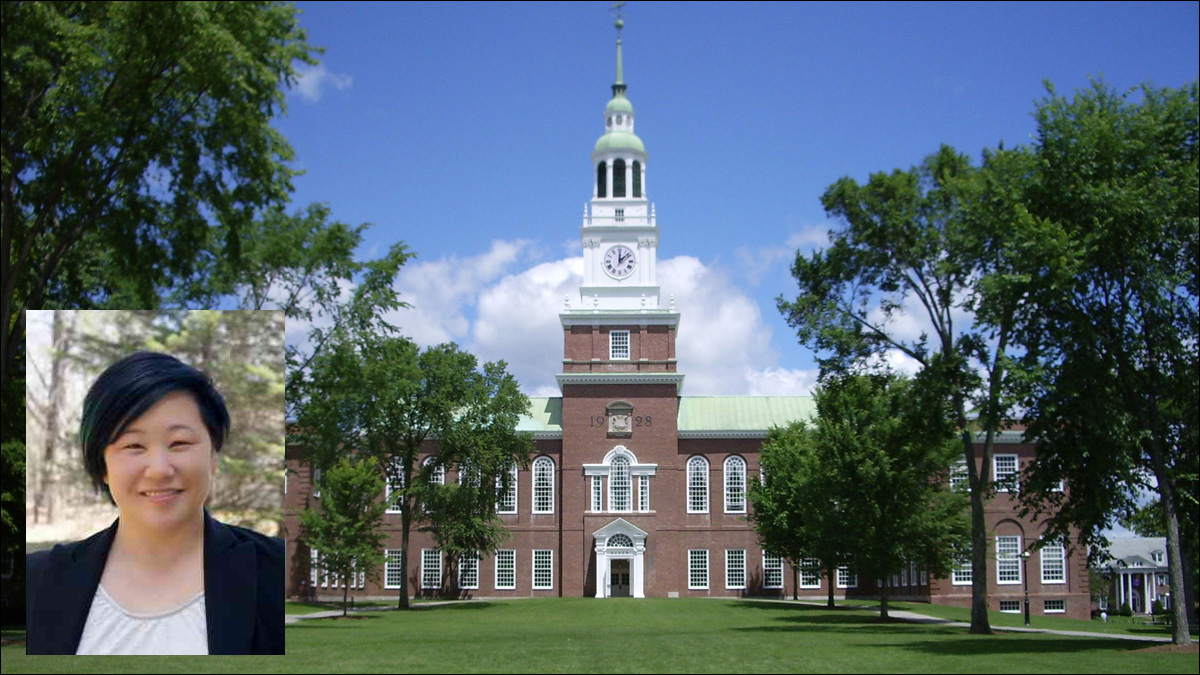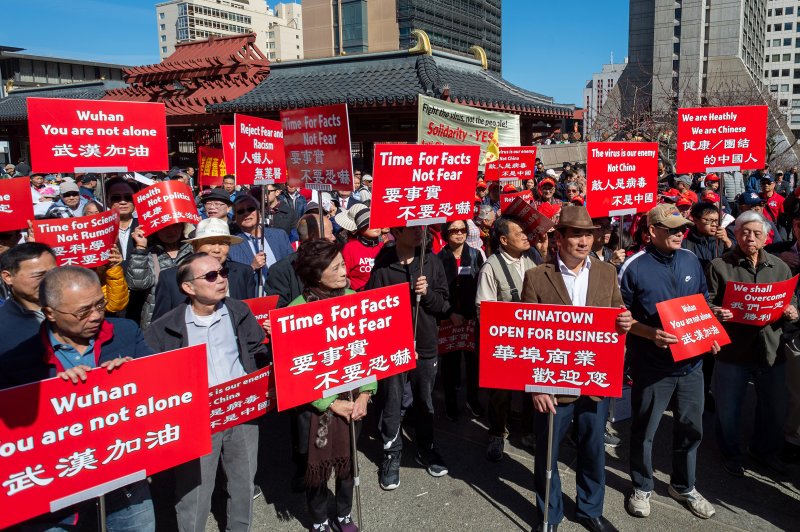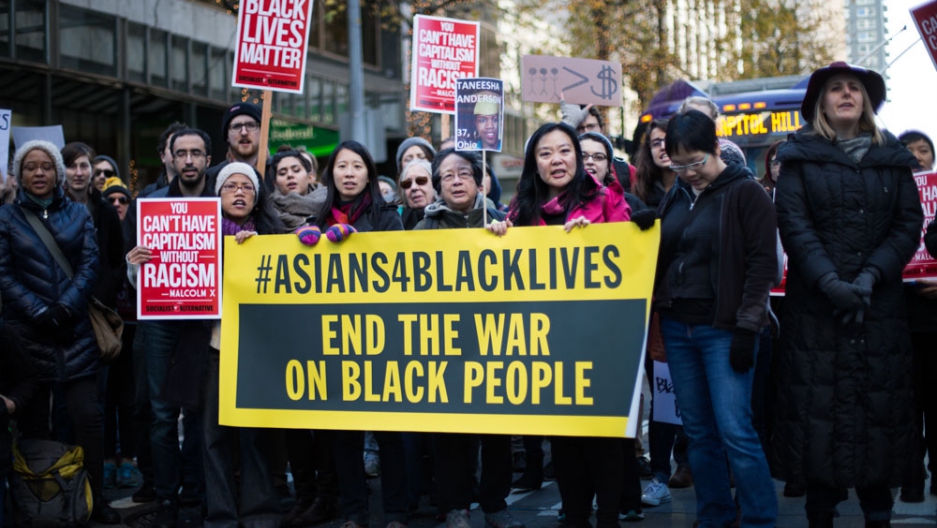
Asian American Studies 2
Sunday, June 28, 2020
Emery Nguyen ASA 002 001 Week Two

Emery Nguyen ASA 002 001 Week One
Qi Chen ASA002 001 Week1 Blog
Starting from the initial burst of Covid-19, the trends of the news have changed a lot. From purely the reports of rates of infections, death, and recovery to the policies, racial hates and something that are not quite related to the coronavirus, the news is all connected to the virus with all the different voices oversea. The coronavirus was firstly reported in Wuhan, China, and the source of infections was initially detected to be the bats. As investigations became deeper, the source of infection was determined to be Paguma larvata. However, as the source being revealed, the country of origin became skeptical. Many countries proposed differently with their evidence that also lead to international “conflict” with all the adverse news and voices to those countries. With all the overwhelming news, what should we believe? As a person who is curious about the facts, I discovered that when people post their comments or make their proposals on platforms like social media, some of them exist a kind of behaviors that are referred to as the concept, “unconscious bias,” in the textbook. The “unconscious bias” refers to a phenomenon in which “dominant group members” unconsciously favor their own group, which means that many people post comments unintentionally based on the evidence from their own countries. Those comments also potentially induce national hates and even racial hates. Furthermore, with the requests of wearing masks coming out, the hates and conflicts became even worse, especially for Asians (Americans) in the US, some people start to use violence and insult them even on campus. After the requests became accepted in the US, Asians are seemed to be “treated” better, but without much news, it is still hard to tell if the condition has become better or not.
Here is an example of a skeptical claim about the country of origin of COVID_19: https://www.youtube.com/watch?time_continue=28&v=9DhV-1LDmp4&feature=emb_logo
Reference:
Valverde, K. C., & Dariotis, W. M. (2020). Fight the tower: Asian American women scholars
resistance and renewal in the academy. New Brunswick, Camden, and Newark, New Jersey, and London, Rutgers University Press.
Peter Beaumont (2020), “Where did Covid-19 come from? What we know about its origins,”the Guardian, https://www.theguardian.com/world/2020/may/01/could-covid-19-be-manmade what- we-know-about-origins-trump-chinese-lab-coronavirus
Yuwei Wang ASA 002 001 Week 1 Blog

Yuwei Wang ASA 002 001 Week 2 Blog
Today I continued to read “Fight the Tower” by Valverde and Dariotis. In the chapters I read today, the author describes the unfair things experienced by Asian American People. While talking about this issue, it is easy for us to think about the famous Harvard University lawsuit happening last year: Asian Americans with high grades and many activities are waitlisted and finally failed to enter the university because of their race. Sadly, this is not a single example.

This is a chart of the different college admission rate in different SAT ranges of four major race in the US: White, Black, Hispanic and Asian. Surprisingly, Black was the race with higher admission rate in most SAT ranges, then followed Hispanic, when the SAT score exceeds 1200, its admission rate even exceeds the white. The results made me think of a case I read in the news. A boy from India had an interview of a college, then he was rejected. But after that, he used his dark skin color to pretend as a black international student, while all other factors remained the same (of course, not the same, but not better than the previous attempt). This time, he was admitted. This is enough to reveal this issue. But why Asian faces often had low admission rate?
Still, stereotype. According to Valverde and Dariotis, Asian Americans are falsely perceived as “passive and without the desire, ability, or resources to advocate for themselves”. (Valverde&Dariotis, 2020) This somewhat “weak” stereotype makes their single voice muted by others, carrying the bad endings themselves. But what about multiple voices? In the book, Valverde has started “Fight the Tower” campaign, in which calls Asian American people to resist. I really appreciate the courage in the raiser and her member’s soul. I believe the situation will be far better with the campaign being raised.
References
Monday, June 1, 2020
Mattia Sayson ASA 002 A02 Week 10
References:
Valverde, K.-L. C., & Dariotis, W. M. (2020). Fight the tower: Asian American women scholars resistance and renewal in the academy. New Brunswick, NJ: Rutgers University Press, pp.369-380.
Image:
https://www.google.com/url?sa=i&url=https%3A%2F%2Fwww.pri.org%2Fstories%2F2016-02-23%2Fdespite-their-history-japanese-americans-and-african-americans-are-working&psig=AOvVaw3m-e5OabdYOypW2bDPR3Yq&ust=1591159276681000&source=images&cd=vfe&ved=0CAIQjRxqFwoTCMjZncyo4ukCFQAAAAAdAAAAABAD
Frank Sang A04 Week10
Question: is there any limitation for a proper protest?
Dakss, B. (2020, June 1). U.S. braces for more unrest as Trump berates "weak" governors. Retrieved from https://www.cbsnews.com/live-updates/george-floyd-death-protests-unrest-disorder-2020-06-01/


